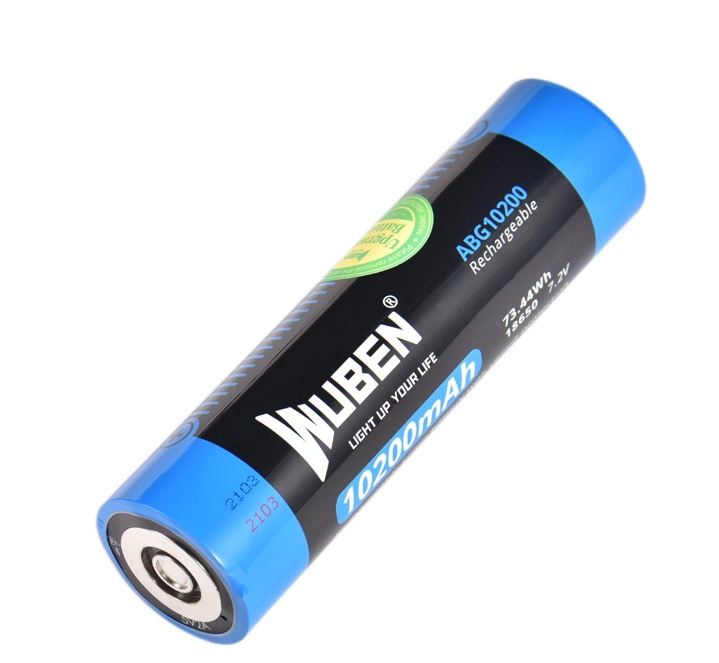Energy storage systems have emerged as a critical component in the modern energy landscape, playing a pivotal role in the integration of renewable energy sources into the power grid and ensuring a stable and reliable power supply. Among the various technologies available for energy storage, batteries have garnered significant attention due to their versatility and efficiency.
Battery Types and Their Advantages in Energy Storage
Lithium-ion batteries, renowned for their high energy density and exceptional cycling efficiency, have become the workhorse of energy storage solutions. Their compact size and rapid response time make them well-suited for applications requiring quick bursts of energy, such as frequency regulation and load balancing. Moreover, continuous advancements in lithium-ion battery chemistry have led to improvements in safety, longevity, and cost-effectiveness, further solidifying their position as a frontrunner in the energy storage domain.
Flow batteries, on the other hand, offer a unique set of advantages that cater to specific energy storage requirements. Their distinguishing feature lies in their decoupled energy and power capacity, allowing for easy scalability by adjusting the size of the electrolyte storage tanks. This characteristic makes flow batteries particularly suitable for applications where extended discharge times or high energy capacity are essential, such as grid stabilization over longer durations and storing excess energy from intermittent renewable sources.
Impact of Energy Storage Technologies on Future Energy Systems
The integration of energy storage systems, particularly batteries, into the energy infrastructure brings about a multitude of benefits that extend far beyond straightforward energy storage. These systems empower grid operators to efficiently manage energy demand and supply by storing excess energy during periods of low demand and releasing it during peak hours. This process, known as peak shaving, not only reduces strain on the grid but also helps prevent grid congestion and potential blackouts during high-demand periods.
Furthermore, the pairing of energy storage with renewable energy sources offers a solution to one of the primary challenges of renewables: intermittency. Batteries provide the means to store surplus energy generated during peak renewable production times, such as sunny days for solar or windy periods for wind power. This stored energy can then be released during periods of low renewable energy generation, ensuring a consistent power supply regardless of weather conditions. This synergy contributes to a more resilient and sustainable energy infrastructure capable of meeting the needs of a growing global population while minimizing environmental impacts.
Batteries stand as the cornerstone of modern energy storage advancements, propelling us towards a cleaner and more reliable energy future. Their remarkable flexibility, efficiency, and ability to seamlessly integrate with renewable sources make them indispensable tools for achieving energy security, grid stability, and environmental sustainability on a global scale. As technological innovations continue to unfold, it is evident that batteries will remain at the forefront of shaping the future of energy systems.


No comments yet